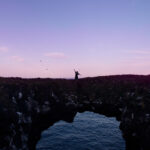
The biodiversity of these islands is unique to nowhere else in the world. It is vital we protect them for generations to come. For the wildlife’s sake, and for humanity’s sake.
Home » defendingparadise » The biodiversity of these islands

The biodiversity of these islands is unique to nowhere else in the world. It is vital we protect them for generations to come. For the wildlife’s sake, and for humanity’s sake.

Good work protecting your rainforests. Some Australians are trying to as well. But Australia is one of the worst countries for species becoming extinct. Foxes & cats are killing millions
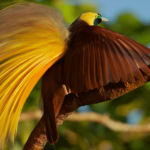
We can also eat the fruit of the knowledge of good and bad, OUR BRAINS, to preserve whatever remains of our paradise on our only, so far, LIVING PLANET!
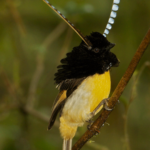
For saving each species(strain) and maintain a biodiversity we should support each other
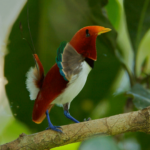
So many kind of birds was difficult to find in our environment and in their originally habitats.. But some of them we find in the bird Market or in the

These birds are precious and deserve to have their home protected. Please do them no harm.

I hope these birds be allowed to remain on these islands for future generations to admire.
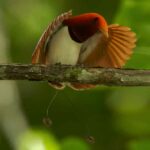
Please support the areas where native birds use the forests in Tanah Papua and the Maluku Islands. These areas are habitats for birds-of-paradise and thousands of biodiversity in Indonesia.
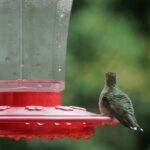
Defend the helpless.

I’m so happy to see this initiative to protect these amazing beautiful birds. I will happily provide hands on help where required. We really need to protect their habitats from
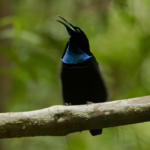
Join, please
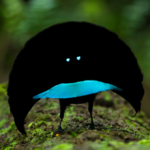
The birds of paradise are living MIRACLES! Lets all protect them!

Stay golden! We need these places intact, we’ve made too many mistakes already.

I love bird of Paradise. The colors, the displays, the fascinating feathers- they are truly special birds. I am saddened to hear about habitat loss in their home ranges for
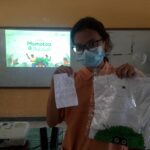
Ayo tong jaga hutan biar de masih adem, sejuk, nyaman, dan enak ditinggal buat kitong

I’ve been fascinated by the Birds of Paradise since I read a beautifully illustrated 1950s article about them in National Geographic over 50 years ago. I continue to avidly follow